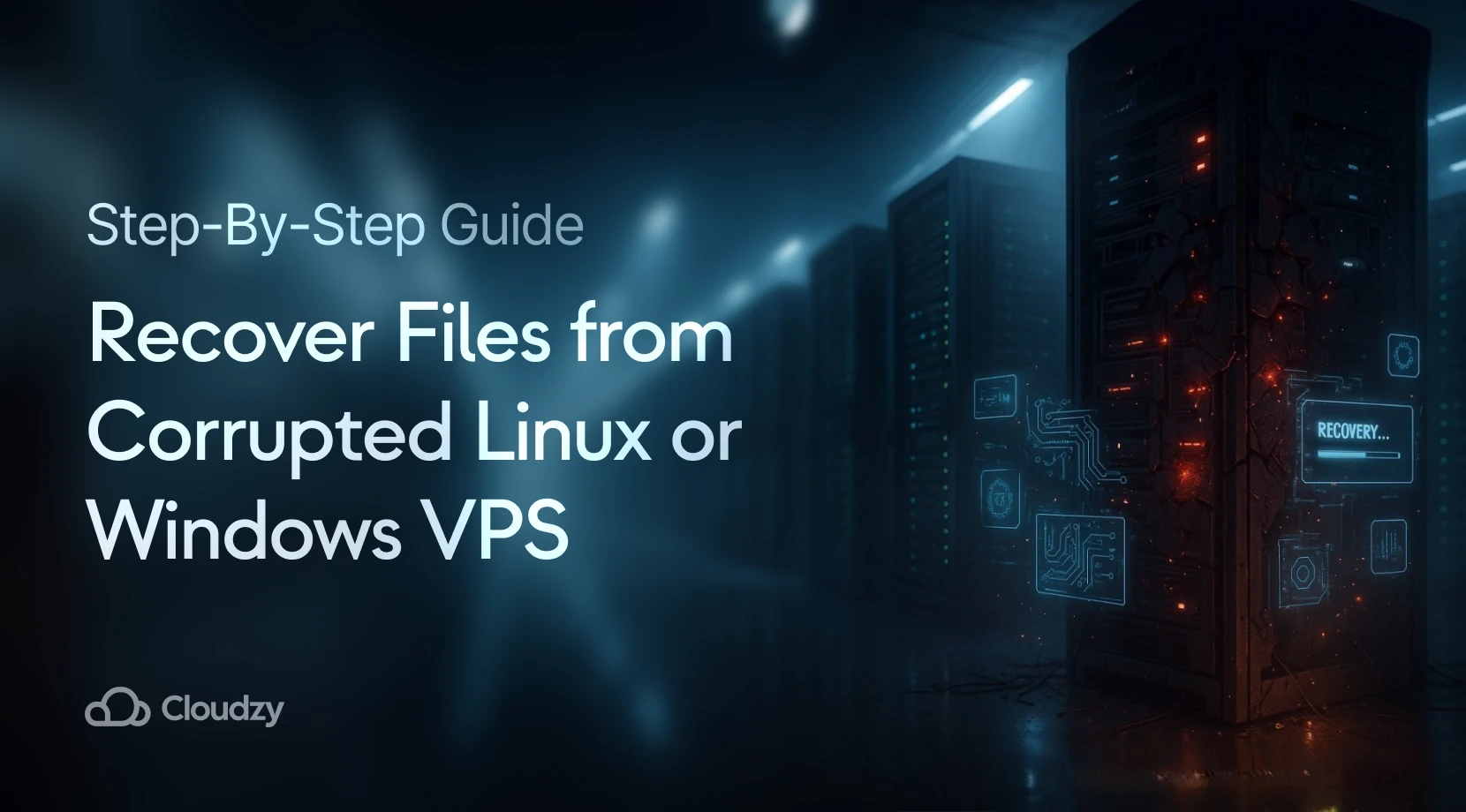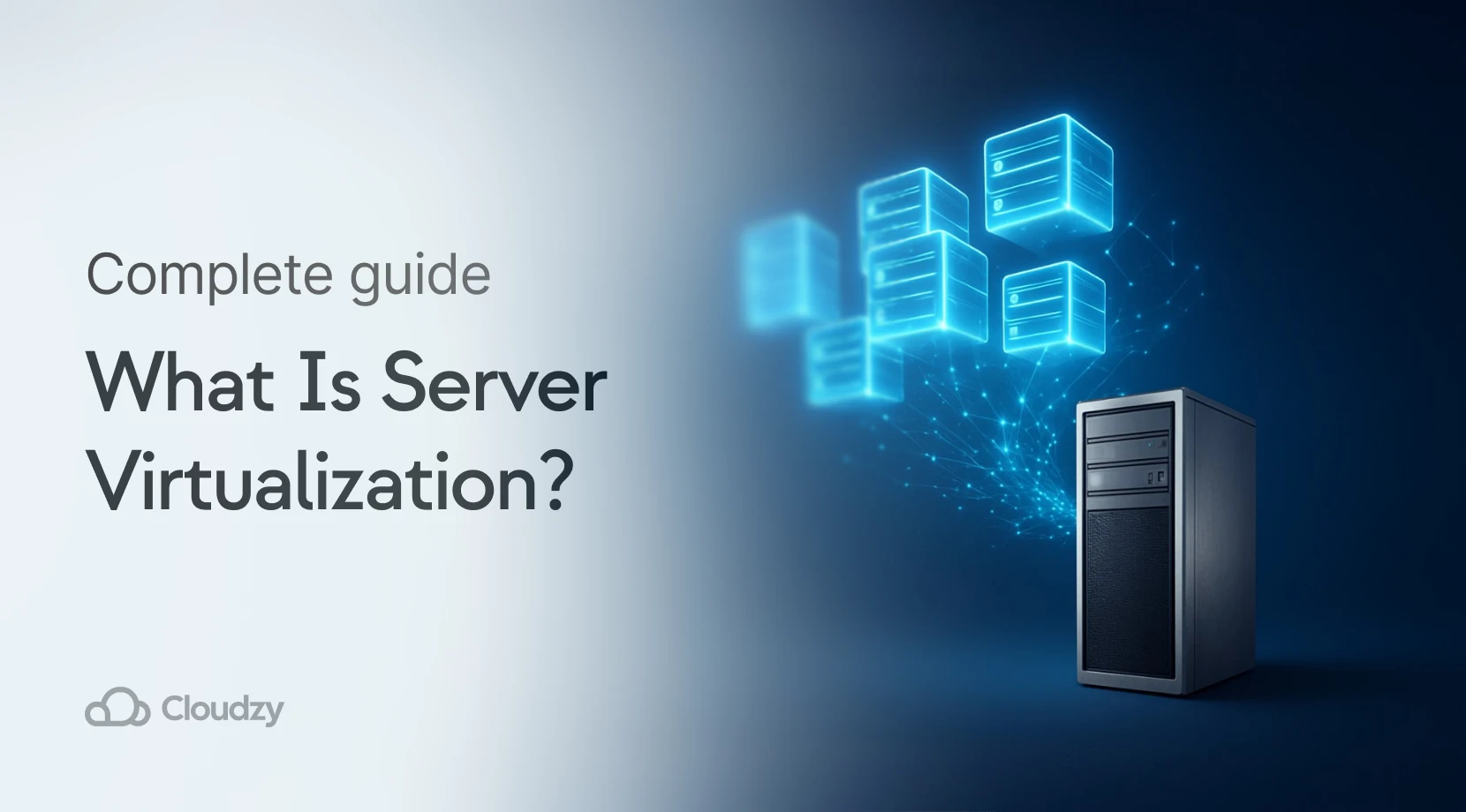It’s hard to overstate how public cloud has upended traditional IT. Companies that once queued for hardware now provision servers in seconds and retire them just as quickly. The payoff is less time wrestling with data-center logistics and more focus on shipping new features. So, let’s explain what a public cloud is, how it works, its pros and cons, and whether it suits you or not.
What is Public Cloud? Unveiling the Shared Computing Model
In a public cloud environment, infrastructure belongs to an external provider instead of individual organizations. You tap into compute, storage, and networking over the internet rather than purchase physical gear upfront. That shift converts capital budgets into operating expenses and hands off routine maintenance to specialists.
Key characteristics include:
- Third-party management handled by providers such as AWS, Azure, and Google Cloud
- On-demand access for provisioning resources within seconds
- Consumption-based billing that charges only for actual usage
- Elastic scalability to expand or shrink capacity in real time
These features set public cloud apart from on-premises or co-lo solutions. Teams then select among Infrastructure as a Service, Platform as a Service, and Software as a Service depending on how much control they want over the stack. Matching workloads to the right service tier is the next step before moving critical systems live.
How Public Cloud Works: Access, Pricing, and Multi Tenancy Fundamentals
Delivering a seamless public cloud depends on three pillars: interfaces for provisioning, clear cost models, and tenant separation. Providers build intuitive dashboards and comprehensive APIs so teams have full command without manual ticket exchanges. At the same time, billing must stay transparent to prevent surprise overages, and isolation controls must guard each customer’s data.
Access Methods and Interfaces
Cloud vendors offer web consoles, APIs, SDKs, and command-line tools to cater to different workflows. A browser-based portal suits quick manual tweaks, while APIs integrate smoothly with infrastructure-as-code pipelines. Command-line utilities handle batch operations and advanced configurations, giving power users full flexibility.
By choosing the right interface, teams speed up rollouts and avoid human errors that creep in when tasks get manual. Proper selection here lays the groundwork for repeatable, consistent deployments. Without it, budgets and schedules quickly slip off track.
Pricing Models and Cost Controls
Public cloud billing breaks down by compute hours, storage gigabytes, and data transfer gigabytes. Pay-as-you-go rates let you pay only for what you consume, while reserved instances reward predictable, long-running workloads with discounted prices. Spot instances tap into spare capacity at steep savings, though availability can vary. Cost dashboards and automated alerts help you spot anomalies before they balloon into budget headaches.
With the money side covered, the final pillar is privacy on shared hardware. That brings us to tenant isolation and security.
Multi Tenancy and Isolation
Providers use virtual private clouds to carve out logical networks for each customer, while hypervisors enforce strict separation between virtual machines. Encryption at rest and in transit locks down data against eavesdroppers both inside and outside the cloud. Through combining clear interfaces, flexible pricing, and tenant separation, public cloud platforms deliver transparent costs, self-service cloud access control, and reliable isolation.
Those safeguards also simplify audit reporting and help meet compliance requirements. For teams moving sensitive workloads into the cloud, knowing these protections are in place is a big relief. As long as proper configurations are in place, you can mix performance with privacy.
Public Cloud Versus Other Cloud Models: A Basic Overview
Choosing where to host workloads means trading off cost, control and compliance. Public cloud wins on rapid deployment and minimal capital tie-up; private clouds excel at dedicated performance and governance; hybrids blend both. Community and sovereign clouds address industry-specific or data-residency requirements that neither public nor private alone can always satisfy.
Compare these models at a glance:
| Cloud Model | Description | Common Use Cases |
| Public Cloud | Shared infrastructure managed externally | Web hosting, development, analytics |
| Private Cloud | Dedicated infrastructure for a single tenant | Sensitive data, compliance-driven systems |
| Hybrid Cloud | Mix of public and private environments | Burst capacity, varied compliance obligations |
| Community Cloud | Shared by a defined group or industry | Collaborative research, consortium platforms |
| Sovereign Cloud | Meets local data-residency and security mandates | Government services, finance, healthcare |
No single solution trumps the rest; the aim is to match each workload to the environment that fits its risk profile and performance needs.
Key Advantages of Public Cloud
Organizations flock to public cloud for its pay-per-use model and instant scale. That billing approach cuts out big upfront costs and turns capital investments into monthly operating fees. Elastic capacity handles traffic spikes automatically, and the global footprint ensures low latency for users everywhere.
Top benefits include:
- Cost efficiency via on-demand billing and zero hardware purchases
- Scalability and agility as capacity flexes with demand
- Global availability across multiple regions and zones
- Maintenance offload since providers handle hardware and patching
- Expansive service ecosystem for analytics, AI, and developer tools
These factors come together to slash overhead and accelerate time to market. Even lean teams can deploy enterprise-grade apps in minutes when they leverage the public cloud advantage.
Disadvantages and Key Considerations
No technology is without trade-offs, and public cloud brings its own. You’re sharing hardware beneath the surface, so misconfigurations can expose data if you’re not vigilant. Costs can spike unexpectedly without proactive monitoring, and reliance on internet connectivity means outages or latency can directly impact your users.
Additional considerations include:
- Customization limits, since hardware options remain abstracted
- Internet dependency requiring redundant links for high availability
- Vendor lock-in, where proprietary APIs and formats complicate migrations, it often pays to compare VPS vs.Cloud for dedicated scenarios
- Regulatory compliance mandates selecting regions that align with data-residency laws
- Performance variability due to noisy neighbors on shared hosts
Taking these factors into account up front prevents avoidable headaches down the road. A clear governance plan and cost-tracking processes make all the difference when you scale.
Public Cloud Use Cases
Public cloud suits a range of projects, from simple websites to cutting-edge AI research. Auto-scaling groups let you host e-commerce sites that cope with flash sales, while serverless analytics handle petabytes without a single server to manage. Machine-learning teams spin up GPU instances for model training at a fraction of on-premises cost.
Other common scenarios include:
- Disaster recovery with multi-region replication; remember DRaaS and VPS backup in these plans
- Remote work via virtual desktops and centralized file services
- Development and testing environments that stand up in seconds and vanish when they’re no longer needed
These examples show how shared infrastructure delivers both flexibility and economy. With thoughtful governance, you get to innovate fast without losing sight of budgets.
Cloudzy’s Role in Your Cloud Journey
When you need more control than a public cloud offers but don’t want racks of hardware, Cloudzy fills the gap. You get dedicated compute, isolated networking, and enterprise-grade security delivered as a service, no forklifts required. Global data centers and API-driven workflows mean teams launch new environments in under a minute and retire them just as quickly.
With Cloudzy, you can:
- Spin up high-performance cloud servers in under 60 seconds with a 99.95% uptime commitment
- Choose from regional locations across North America, Europe, and Asia to meet latency and compliance targets
- Scale resources on-demand: up to 8 vCPUs, 16 GB RAM, and NVMe storage with sub-millisecond I/O
- Automate provisioning, snapshots, and network segmentation via RESTful API calls
- Pay monthly or hourly in multiple currencies with instant invoicing and a seven-day refund window
With global data centers and a 99.95 percent uptime guarantee backed by 24-hour support, Cloudzy delivers reliable performance with our cloud servers. This approach gives you the peace of mind that applications run consistently, even when shared cloud environments face variable loads.
Conclusion
Shared cloud computing has unlocked unprecedented speed and cost flexibility for IT teams, yet it demands careful planning around security, compliance, and potential lock-in. By weighing its strengths against your organization’s requirements, you can carve out a strategy that blends public cloud scale with targeted hosting when you need extra control. A hybrid approach or managed solutions like Cloudzy often bridge the gap, letting you stay agile without ceding oversight. Ultimately, the best path depends on your workloads, risk profile, and growth plans, so choose wisely.



